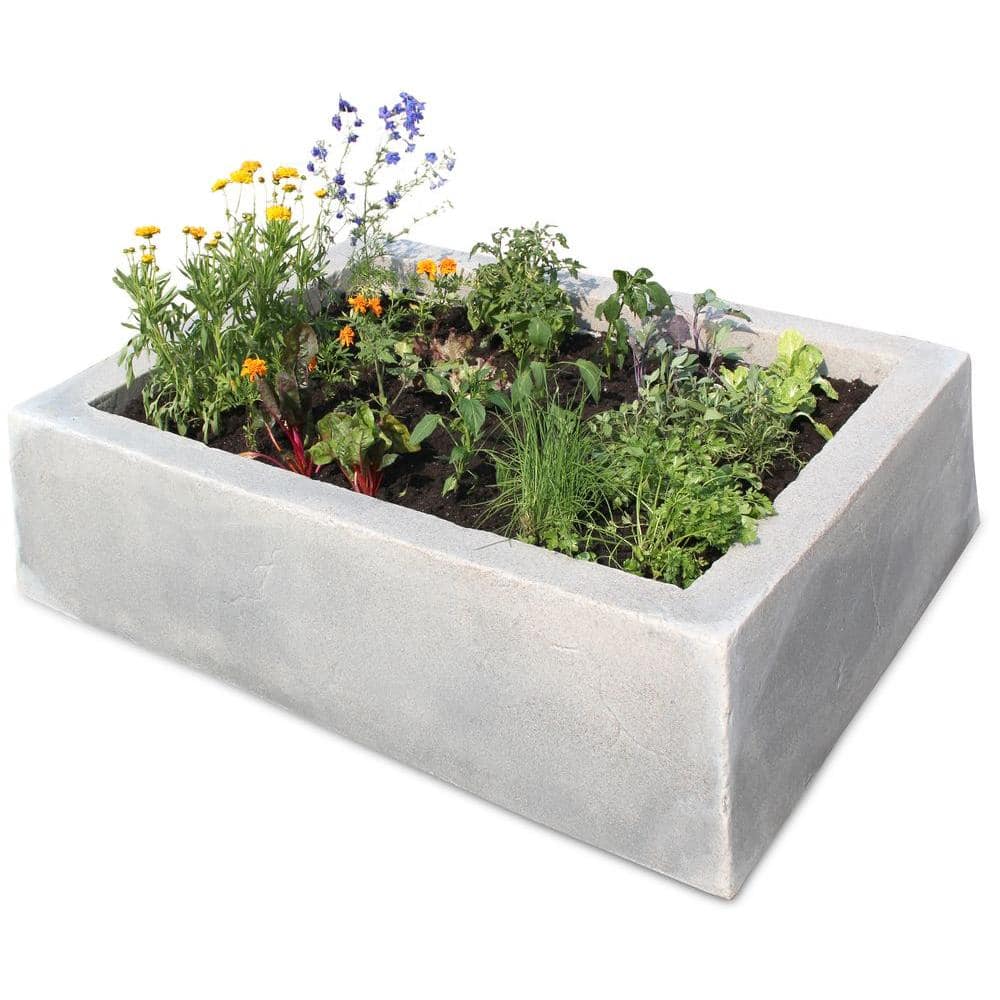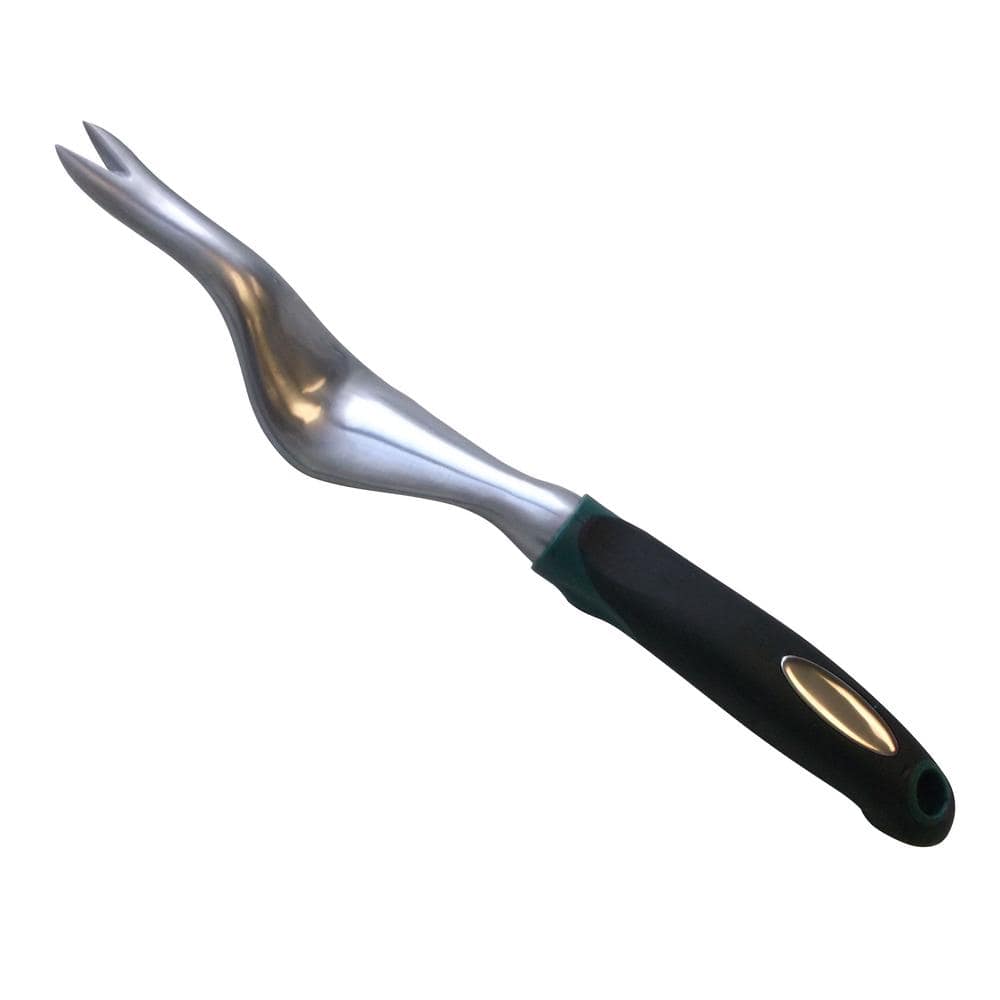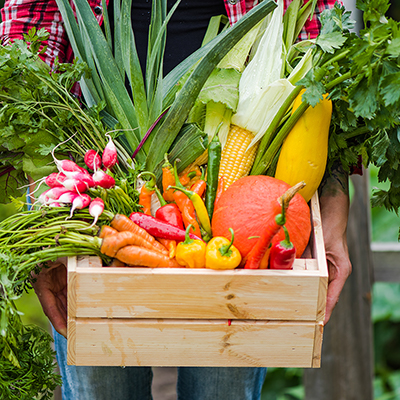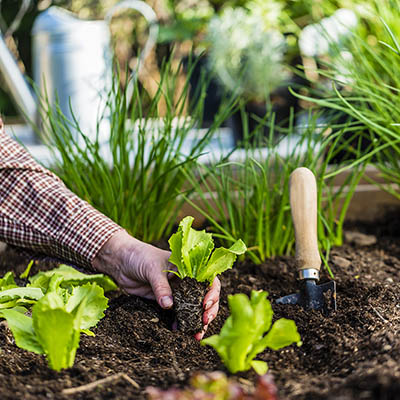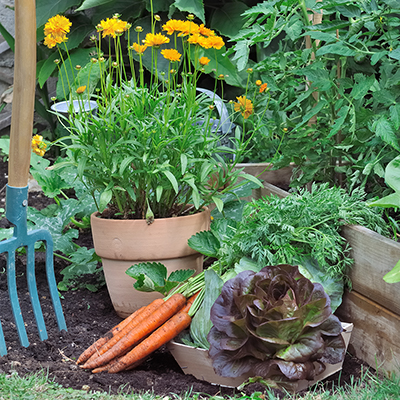How to Grow Carrots

Last updated March 6, 2024
Carrots are a perfect starter vegetable for your garden. A packet of seeds costs just a few dollars and will produce plenty of carrots for you to eat out of hand or serve in soups or salads.
Planting carrots is a favorite for gardening with children. Once the garden bed is prepared, you simply "thumb" seeds into the soil, water them in and let them grow. You can even grow carrots in containers as long as the soil is deep enough.
Carrots are cool season vegetables that tolerate light frost. The fastest-growing varieties will mature in about 60 days, and the longer-growing selections take just 80 days from seed until harvest. If temperatures turn cold early, baby carrots can be harvested and enjoyed even if they’re not fully mature. Learn more about how to grow carrots in your garden.
Table of Contents
Types of Carrots
When to Plant Carrots
Where Should I Grow Carrots?
How to Plant Carrots
Caring for Carrots
How to Harvest Carrots
Types of Carrots

Carrots come in an array of colors, from the familiar orange to creamy yellow, scarlet and purple. They also range in size. Some popular types of carrots to grow in your garden include:
- Imperator: These are grocery store carrots. They have a high sugar content and fast-growing foliage.
- Nantes: Nantes carrots have an interesting shape. They’re cylindrical instead of tapered, like Imperator. Nantes carrots are sweet and easy to grow.
- Chantenay: If you have heavy clay soil, Chantenay carrot is a good choice for your garden. The carrots are smaller than other varieties, about 6 to 7 inches in length.
- Danvers: These carrots are often orange but come in other colors as well. Like Chantenay, these are smaller and a solid choice for gardens with clay soil.
Carrots grow from seed directly sown into a garden bed or container. You can plant a variety of types of carrots all at once or sow seeds in successive weeks to stagger the harvest.
When to Plant Carrots

New gardeners often ask when to plant carrots. Carrots grow best in cool weather. In spring, gardeners sow carrot seeds two weeks after their area's average date of last frost. You can sow carrot seeds every two weeks for successive crops. For fall crops, plant carrot seeds in mid-summer.
Most carrot varieties take 70 to 80 days from sowing seeds to harvesting roots. If you live in frost-free areas like hardiness zone 10, you can sow carrot seeds in fall for a winter harvest. Refer to the back of your seed packet for specific instructions for growing carrots in your area.
The USDA hardiness zone map tells you the average coldest temperature in your area. Along with the frost date calendar, you have the information you need to time the planting of your vegetable garden.
A key part of knowing when to plant carrots is planning the harvest. Harvesting carrots in heat makes them bitter. Experts say the sweetest carrots are sown in summer and harvested in fall. Know your area's first date of frost in fall and count backwards to get the best date to sow carrot seeds.
Where Should I Grow Carrots?

Carrots grow best in full sun sites with 6 to 8 hours of sunlight. When planting carrots, the seeds need loose, well-draining fertile soil that is free from debris like rocks and pebbles. Raised beds are ideal for growing carrots in a home garden.
If you’re gardening in-ground, you can start with a soil test. Soil test kits can be obtained in the Garden Center or through your local Extension office. Carrots thrive in slightly acidic soil with a pH between 6 and 7. No matter your soil’s pH, most garden beds can use a fresh application of organic compost before planting.
How to Grow Carrots in a Garden Bed:
- Begin by preparing the soil. Prepare an in-ground or raised bed for carrots by using a digging fork to cultivate the soil 12 inches deep.
- Spread a 2-inch layer of organic compost over the surface along with a light application of a balanced organic vegetable fertilizer and dig through the bed again.
- Rake out any rocks or roots, and thoroughly water the bed.
You can grow carrots in containers, too. Be sure to use loose, loamy potting mix. Make sure the container is deep enough for roots to grow and that it has drainage holes. Containers dry out quickly; be sure to keep containers watered when temperatures climb.
You can carefully transplant carrot seedlings from a small container to a garden bed or larger container. The time to do this is when multiple sets of leaves have formed. You want to carefully scoop the plant (including soil) from the pot and re-plant in soil that is about 12 inches deep. Place roots vertically so carrots can form. Feed with an organic fertilizer product upon transplanting and again after 30 days.
How to Plant Carrots

If you can, wait until rain is predicted. A damp garden bed is best for planting carrots. If not, water the garden bed deeply before planting.
The night before planting carrots, place carrot seeds in a strainer and rinse with lukewarm water. Spread wet seeds on a paper towel and set in an airtight container. The next day, shake the seeds onto a dry paper towel and allow them to air-dry for about an hour.
Use a garden trowel to make a quarter-inch deep planting trench for your carrot seeds in the prepared garden bed. Carrots are easiest to maintain when planted in double or triple rows, spaced 8 inches apart. Drop seeds an inch apart into the row and cover with loose soil. Gently pat in place. Water thoroughly but gently.
Cover new planting with a sheet, folded in half, or a double thickness of garden row cover to maintain soil moisture. (Remove sheet or row cover as the plants mature and weather allows.)
Water as needed to keep the soil lightly moist, at least once a day in dry weather.
About a month after planting carrots, thin carrot seedlings to 3 inches apart.
Tip: Seed tapes make carrot planting easier. Look for seed tapes in the Garden Center and online.
Caring for Carrots

Keep the carrot bed weeded to eliminate competition for nutrients. Carrots grow quickly and are fairly pest resistant. Pests that affect carrots include leafhoppers, carrot weevils, nematodes, and the carrot rust fly. Insecticidal soap is an organic treatment that can protect your plants from some pests.
Carrots require about an inch of water a week, either by rain or by irrigation. You can water with a garden hose, or for more consistent watering, try drip irrigation.
How to Harvest Carrots

In the garden, carrots should be ready to harvest 60 to 70 days after sowing, depending on the variety. Check your seed packet to be sure. You may see mature carrots push up through the soil when they’re ready to harvest.
To see if they’re ready to harvest, gently loosen the soil around a test root and pull from the earth. When you’re ready to harvest more carrots, use a digging fork to loosen the soil around the roots and pull them by the greens.
Rinse freshly harvested carrots to remove soil. You can keep the tops if you're planning to cook them within a week, otherwise, remove the tops and use in a recipe. You can also compost carrot tops. Wrap fresh carrots in paper towels and store fresh carrots in the vegetable bin in your refrigerator.
Carrots are biennials. This means that the plant takes two years to complete its growth cycle. The first year, the plant produces the root and the second year, it flowers and drops seed. After the harvest, you can let some carrot plants flower and set seeds. The flowers attract beneficial insects; in fact, carrots are a host plant for swallowtail caterpillars. Save seeds from the flowers for your next crop of carrots.
Overwintering Carrots

Carrots are hardy plants and can tolerate light frosts. In fact, many varieties are sweeter after frosts because cold temperatures convert starches to sugars.
You can overwinter carrots in your garden by protecting the crops with heavy mulch, row covers and low tunnels. You can harvest them until the earth freezes solid.
Carrot Fries Recipe

Now that you know how to grow carrots, you can use your harvest to make tasty carrot fries.
Ingredients:
4 large carrots, peeled and cut into sticks
2 tablespoons olive oil
1 teaspoon salt
1/2 teaspoon black pepper
1/2 teaspoon garlic powder (optional)
1/2 teaspoon paprika (optional)
Instructions:
Heat oven to 425 degrees Fahrenheit. This high temperature helps the carrot fries get crispy.
Peel carrots and cut them into sticks. You can cut them into matchstick shapes or use a crinkle cutter for added texture.
In a large bowl, toss carrot sticks with olive oil until they are well-coated. Add salt, pepper and any optional seasonings like garlic powder or paprika. Toss again to evenly distribute the seasonings.
Spread seasoned carrot sticks in a single layer on a baking sheet. Make sure they are not crowded to ensure even baking and crispiness.
Bake in 425 degree oven for 20 to 25 minutes or until the carrot fries are golden brown and crispy. You may want to flip them halfway through the baking time for even crispiness.
Once the carrot fries are done, remove them from the oven and let them cool for a few minutes. Serve carrot fries immediately with your favorite dipping sauce, such as ketchup, ranch dressing or hummus.
Tips
*Feel free to experiment with different seasonings to suit your taste.
*Consider yogurt-based dips, honey mustard, or a simple garlic aioli.
*Get kids involved in the kitchen by letting them help toss the carrots with the seasonings or arrange them on the baking sheet.
(Recipe and image provided by Back to the Roots)
When you know how to grow carrots, your gardening skills will produce a tasty, nutritious crop. Kids can learn how-to skills for free at in-person Kids Workshops. Visit your local Home Depot store the first Saturday of each month 9 a.m. to noon for Kids Workshops. Register for Kids Workshops now.




